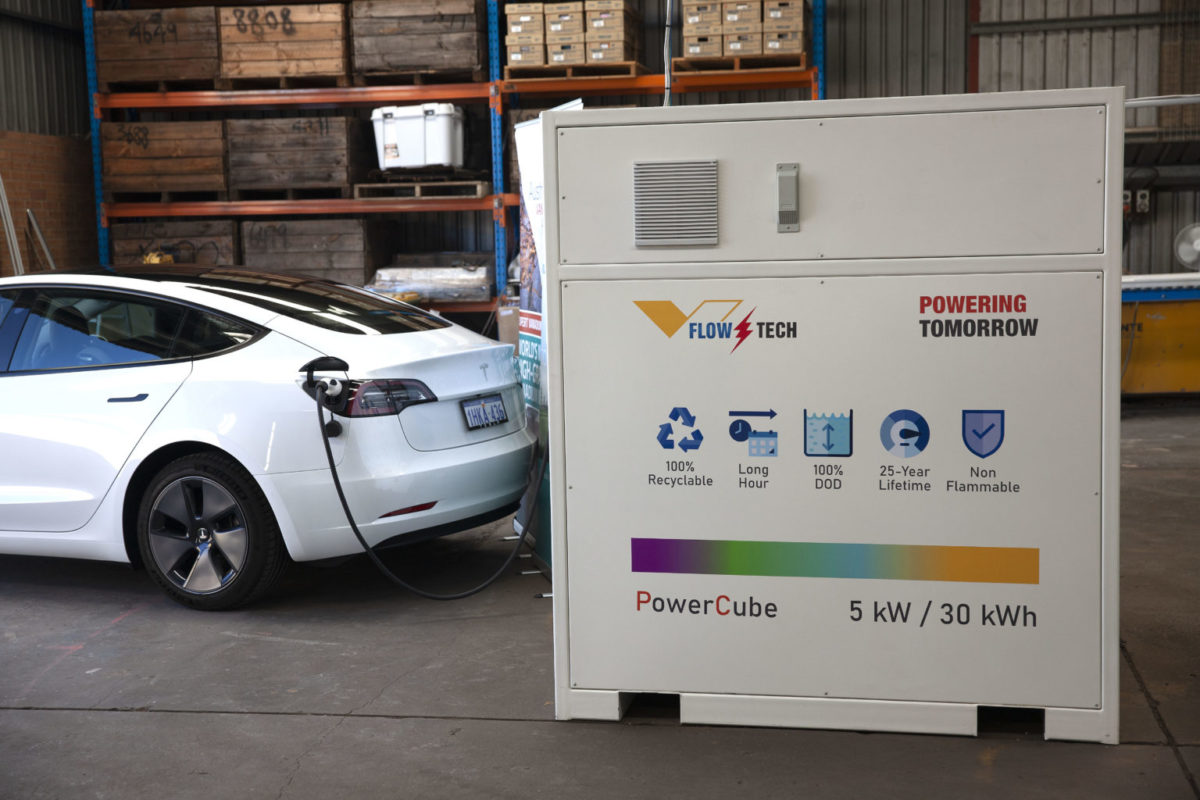Texas-Mark
Solar Addict
- Joined
- Aug 4, 2021
- Messages
- 1,284
but the average power consumption per EV per unit of time x the number of EVs is exactly the figure to use.
And the cost of upgrades to pass on to everyone else.
but the average power consumption per EV per unit of time x the number of EVs is exactly the figure to use.
Of course.And the cost of upgrades to pass on to everyone else.
The grid already largely has that overhead available today.
That's largely a matter of slow response to changing loads which is a very complicated topic, rather than ability to carry the power in the first place.I disagree that today's grid is ready for a 5% across the board increase. It can barely keep up with other increasing demands.
It just means you have above average usage. Where you drive 50 miles a day I probably average less than 10 and that's including the few times a year where I'll drive a thousand miles on a weekend. I live 1.5 miles from work, my bank, and the grocery store I shop at. All virtually on the same corner lol
I disagree that today's grid is ready for a 5% across the board increase. It can barely keep up with other increasing demands.
I wonder if all had the same concerns in the 1950s and 1960s when air conditioning was expanding rapidly?
With technology we have today, any needed expansion should be simple to execute.
Level 2 AC "charger" is just glorified contactor and supervisory circuit. The cable itself is probably more than 50% of BOM.The Tesla charger at $415/9.6kW is a bargain.
Until “everyone“ is plugging in overnight. Somewhere locally or at the grid level batteries are needed if grid input is solar-heavy.So a 120v 20A circuit can get most cars charged overnight. Solar would just require you to push power onto the grid during day and pulling it off at night. Not such a terrible thing.
At (locally) $.16/kWh and .3kWh/mile that makes EV roughly 1/2 as expensive as gasoline with the current inflated gasoline costs.The EV will pay for the additional electricity needed from the grid.
The cost to charge at home can be half compared to gasoline.

over the years, the trade off of whether to completely avoid or allow ICE to directly drive the wheels has crossed my mind and visit each side of the fence.California has crippled some plug-in hybrids by giving large cash incentives to manufacturers in exchange for making the ICE operation of plug-in hybrids barely usable. Having ICE backup with good range is a way to make them meet the needs of all buyers, reduces the amount of lithium needed per car, and making price competitive. I think a plug-in hybrid with long ICE range is the best way to reduce fossil fuel consumption by the greatest amount in the short term. There is only one problem with it: people flocked to buy Tesla but not Volt. Maybe for a price in the $15k to $20k range instead of $35k, that would change.
These units are connected via a planetary gear and three electrically controlled hydraulic clutches to provide power output for propulsion in any of four programmed operating modes:[75]
- Single-motor electric – The primary motor runs solely on battery power, maximum propulsion power is 111 kW.
- Dual-motor electric – At higher vehicle speeds the secondary motor engages over the planetary gear such that it reduces the speed of the primary motor. This facilitates higher efficiency and better mileage for the combined system, without increasing the maximum power.
- Single-motor extended – The battery reaches its minimum charge, which triggers the combustion engine. The engine drives the secondary motor as a generator, via the charging electronics, to keep the minimum battery charge level. The primary motor can still provide its 111 kW for short acceleration, albeit not sustained.
- Dual-motor extended – The electric motors are used again in dual configuration with increased efficiency at higher speeds. Additionally, the gasoline engine contributes propulsion power via the planetary gear. While power is drained from the battery the amount is less than in mode 2 for the same propulsion power, thus extending the range.
small pack and only 50% soc available and overly complex (imo) planetary gear hydraulic clutch mechanism for multiplexing power sources.To ensure the battery pack would last 10 years and 150,000 miles (240,000 km) expected for the battery warranty, the Volt team decided to use only half of the 16 kWh capacity to reduce the rate of capacity degradation, limiting the state of charge (SOC) up to 80% of capacity and never depleting the battery below 30%.[46][47]GM also expected the battery to withstand 5,000 full discharges without losing more than 10% of its charge capacity.


